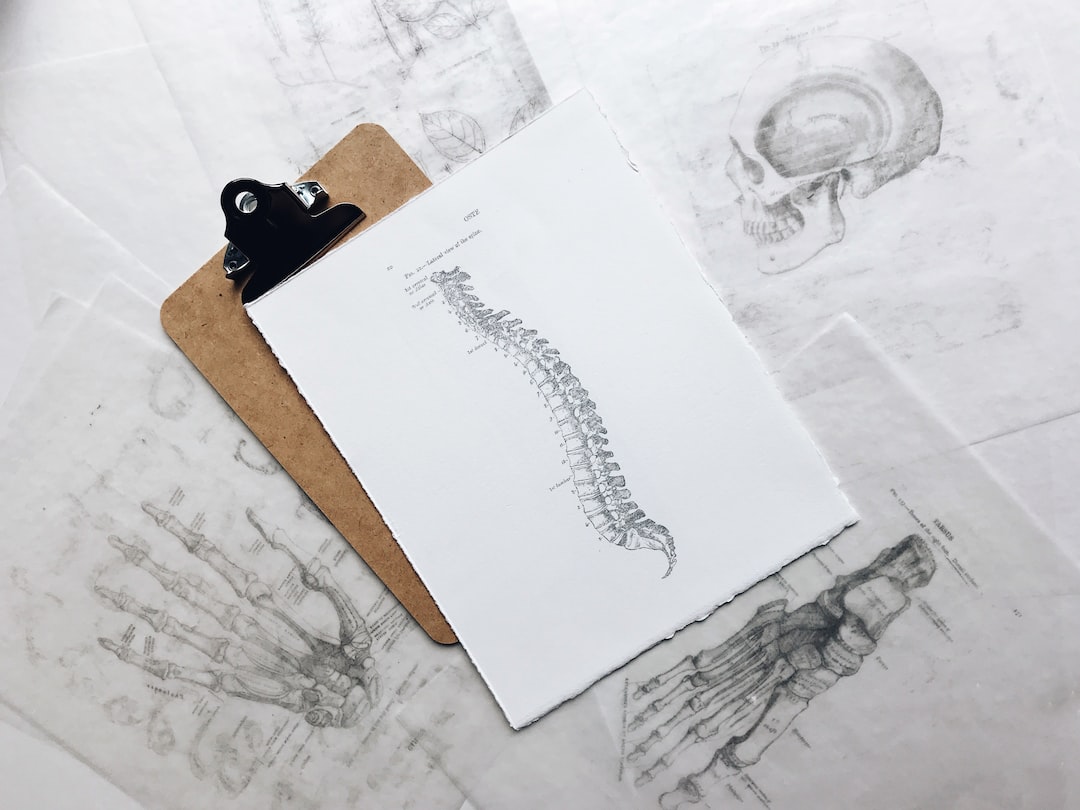In recent years, technology has become an integral part of our daily lives. We rely on it for communication, entertainment, and even our work. While it has undoubtedly improved several aspects of our lives, it is essential to explore the impact it has on our mental and physical health. In this blog post, we will delve into the potential positive and negative effects that technology can have on our overall well-being.
Firstly, let’s discuss how technology has positively impacted our mental health. One significant advantage is the ability to connect and communicate with others effortlessly. Social media platforms, such as Facebook, Instagram, and Twitter, allow us to stay connected with friends, family, and even make new connections. These networks provide a sense of community and facilitate the sharing of experiences, ideas, and emotions. Additionally, online discussion forums and support groups offer crucial spaces for individuals to find solace, understanding, and encouragement from others who may be going through similar situations. Such platforms can be particularly beneficial for those struggling with mental health issues, as they offer a non-judgmental and accessible space for seeking advice or simply venting.
Furthermore, technology has played a vital role in increasing awareness and reducing the stigma surrounding mental health. Numerous websites, blogs, and educational resources provide valuable information on mental health conditions, their symptoms, and treatment options. Thanks to these resources, individuals are better equipped to recognize the signs of mental health issues and seek appropriate help. Moreover, online therapy services have become increasingly popular, providing flexible and accessible mental health support to those who may not have otherwise sought traditional face-to-face counseling.
However, despite these positive aspects, technology also brings with it a set of challenges that affect our mental health negatively. One significant issue is the constant exposure to information overload and digital distractions. The advent of smartphones and tablets has made it easier than ever to access news, social media, and entertainment. While this can be entertaining and informative, it can also lead to increased stress, anxiety, and a reduced ability to concentrate. The constant notifications and pressure to stay connected can create a fear of missing out (FOMO) and a sense of inadequacy among individuals, promoting feelings of loneliness and low self-esteem. It is essential to be mindful of our technology usage and establish healthy boundaries to maintain our mental well-being.
Technology’s impact on physical health is equally significant. On one hand, it has led to improvements in healthcare. The development of advanced medical devices and applications allows for more accurate diagnoses, remote monitoring, and management of chronic conditions. Telemedicine, for instance, enables individuals to consult healthcare professionals from the comfort of their homes, reducing the need for travel and potentially improving access to healthcare in underserved areas. Wearable fitness trackers and health apps also encourage individuals to live healthier lifestyles by monitoring their physical activity, sleep patterns, and nutrition, offering personalized recommendations to improve overall well-being.
However, the excessive use of technology can also contribute to a sedentary lifestyle, leading to various physical health issues. The prevalence of desk jobs, combined with the proliferation of technology, has significantly decreased physical activity levels. Spending prolonged periods sitting in front of screens can lead to weight gain, muscle weakness, poor posture, and even cardiovascular problems. Moreover, the blue light emitted from screens can disrupt our sleep patterns by suppressing the production of melatonin, a hormone responsible for regulating sleep. Insufficient sleep has been linked to numerous health problems, including increased risk of obesity, diabetes, and mental health disorders.
As technology continues to evolve, it is crucial to find a balance between its benefits and potential downsides. Here are a few practical tips to maintain a healthy relationship with technology:
1. Implement screen-free time: Designate specific periods during the day where you disconnect from devices and engage in activities that promote physical and mental well-being, such as exercise, reading, or spending quality time with loved ones.
2. Establish tech-free zones: Set boundaries by designating specific areas, such as the bedroom or dining table, as tech-free zones to promote better sleep and encourage quality interactions with others.
3. Practice digital mindfulness: Be aware of the time you spend on screens and how it affects your mood and overall well-being. Consider using apps that limit screen time and encourage the practice of mindfulness or meditation.
4. Prioritize real-life interactions: While online connections are valuable, make an effort to create meaningful connections in the physical world. Engaging in face-to-face interactions can significantly improve mental health and reduce feelings of loneliness.
In conclusion, technology undoubtedly has a significant impact on our mental and physical health. It has revolutionized the way we connect with others, access information, and even receive healthcare. However, its excessive use can lead to detrimental effects, such as information overload, digital distractions, sedentary lifestyles, and disrupted sleep patterns. By practicing digital mindfulness, setting boundaries, and prioritizing real-life interactions, we can harness the benefits of technology while safeguarding our mental and physical well-being.

